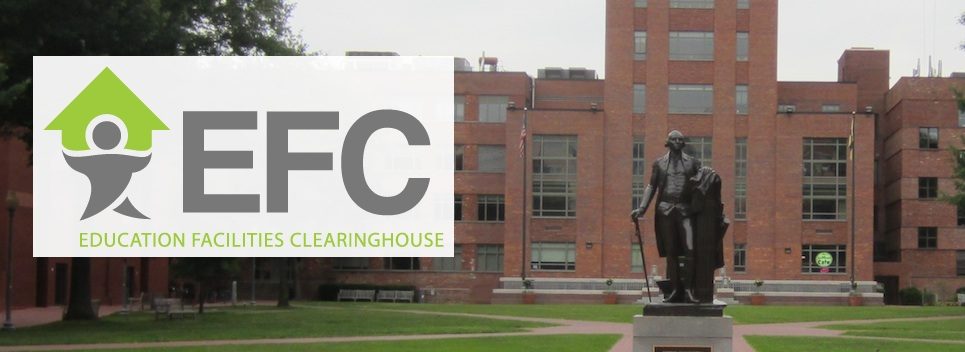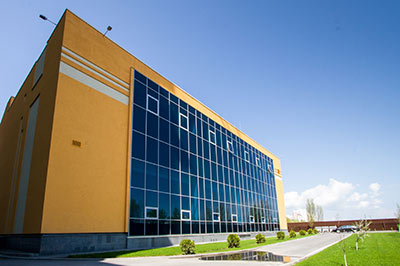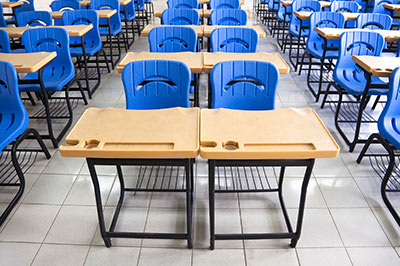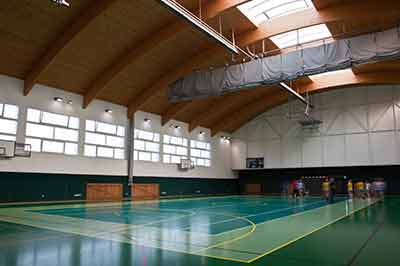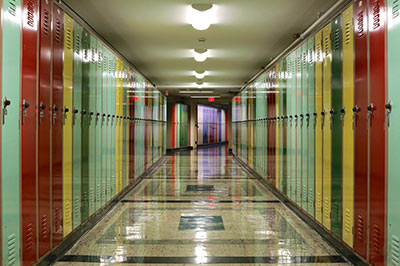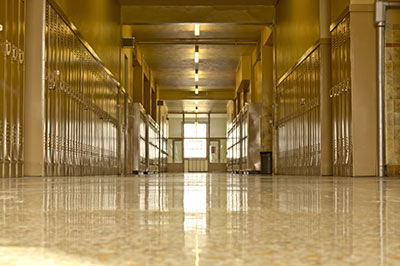School Planning and Management, 2015
Transparency in buildings is quite literal. It involves seeing from one space to another, in various ways. The most obvious transparency we seek in designing schools is to see from one interior space to another, for example, from a corridor to a classroom. Often, it is possible to create transparency between an interior space, such as a corridor, and an exterior space, such as a courtyard or quadrangle. If we establish transparency between a classroom and a corridor, and the corridor is also transparent to the exterior, we create layers of transparency.
